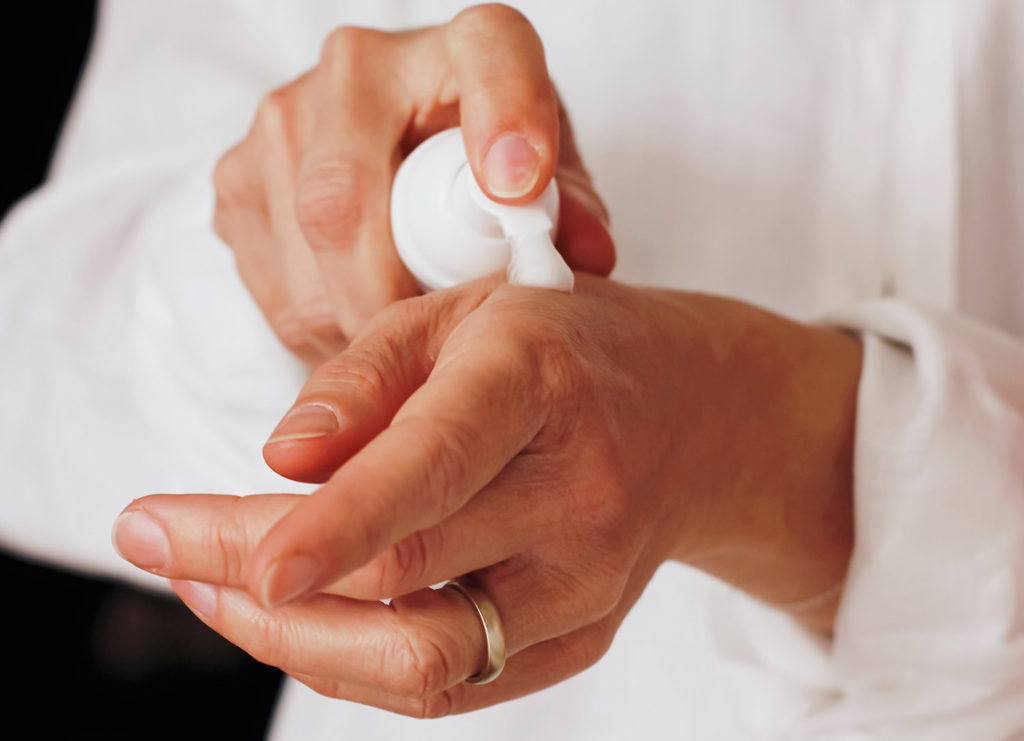What is Bioidentical Hormone Therapy?

Bioidentical hormone therapy (BHRT) is the use of hormone preparations that are derived from natural substances. These natural substances, such as wild yam (Dioscorea) and soy, have constituents in them that are very similar to the estrogen and progesterone that our ovaries, fat, and adrenal glands make. Bioidentical hormone preparations are made in a laboratory where chemical modifications to these natural substances modify these compounds into estrogen and progesterone. You cannot eat wild yam or soy and obtain hormones from the plant because the body is not equipped to do this.
How Bioidentical Hormones Work in the Body
Bioidentical hormone therapy also includes the route of administration of the hormones. Not only do bioidentical hormones look just like what our body makes, but how you take them is a part of BHRT. Since our ovaries are not in our digestive tract, the route the hormones take is different. Naturally, when your ovaries make estrogen and progesterone, the parent hormone circulates around your body and performs its action. Upon completion, the hormone then goes to the liver for elimination.
This process has three steps:
- The parent hormone goes to the liver and gets filtered through Phase I of the liver (P450)
- The hormone goes into the second filtration of the liver called methylation
- The final step is in the colon where the microbiome makes a compound called Calcium D Glucarate to break down the estrogen metabolite even more to ensure that it gets eliminated
Of note, if the liver pathways don’t detoxify well or the colon is not working properly, estrogen metabolites can recirculate in the body and wreak havoc. I will discuss this in another blog post. Whereas when you swallow hormones, the parent hormone goes straight to the liver and is metabolized as described above. The hormone that circulates around is a downstream metabolite of the hormone and NOT the parent hormone.
The most bioidentical way to use hormones is to use bioidentical preparations and to use them topically. I encourage all of my patients to avoid oral administration of hormones (exception of progesterone in some patients). Oral administration of hormones is not natural. One conflict with the data from the Women’s Health Initiative (WHI) is due to the fact that not only were the preparations synthetic, but they were also administered orally.
Hormone Replacement History
Hormone replacement therapy has many terms associated with it. Initially, the term Hormone Therapy (HT) was used in the 1930s and 1940s. This evolved to Hormone Replacement Therapy (HRT). Nowadays, HRT suggests synthetic hormone therapy, such as Premarin, PremPro, and other synthetic hormone products. Bioidentical hormone therapy, as discussed above, refers to preparations made by compounding pharmacies or by pharmaceutical companies, that are derived from natural sources in the laboratory and made into pills, patches, pellets or creams. Menopausal Hormone Therapy (MHT) is the latest terminology used to refer to the general use of hormone replacement for women after menopause, no matter what type it is.
Bioidentical hormone replacement therapy refers to any of the sex hormones such as estrogens (there are three: estriol, estradiol, estrone), progesterone, and testosterone. It is important to note that there are products made by the pharmaceutical industry that are bioidentical. Some of the more common ones that I use in my practice are the estradiol patches (generic Vivelle-Dot or Dotti), progesterone capsules (generic Prometrium), and Estrace cream (vaginal estradiol cream). However, because my approach is to stay in alignment with the body, I do recommend compounded products more often as they can be custom made and also made into creams, vaginal suppositories, pellets, and other topical delivery systems.
Read the next article in my BHRT series: Is BHRT Safe?
Contact us and schedule an appointment to discuss bioidentical hormone replacement: 303-884-7557.

